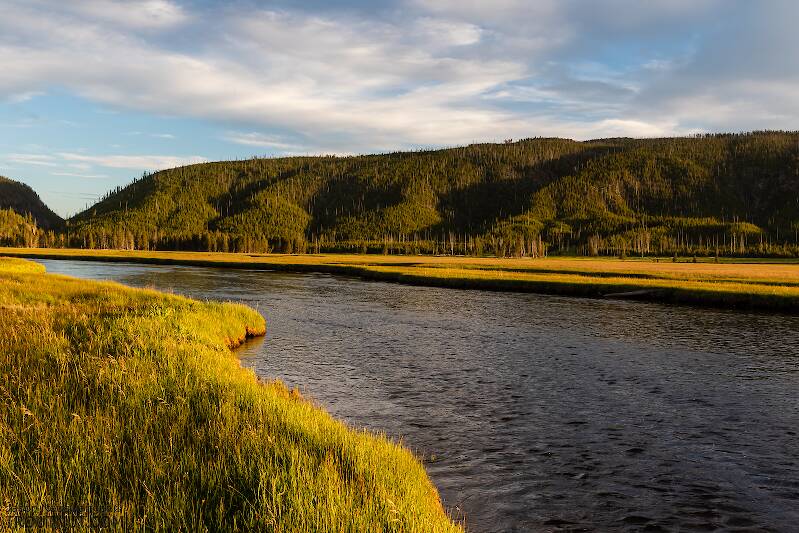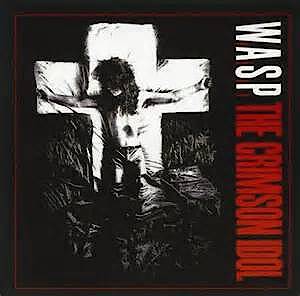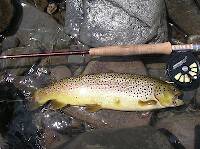
Blue-winged Olives
Baetis
Tiny Baetis mayflies are perhaps the most commonly encountered and imitated by anglers on all American trout streams due to their great abundance, widespread distribution, and trout-friendly emergence habits.
Featured on the forum

This one was surprisingly straightforward to identify. The lack of a sclerite at the base of the lateral hump narrows the field quite a bit, and the other options followed fairly obvious characteristics to Clostoeca, which only has one species, Clostoeca disjuncta.

Troutnut is a project started in 2003 by salmonid ecologist Jason "Troutnut" Neuswanger to help anglers and
fly tyers unabashedly embrace the entomological side of the sport. Learn more about Troutnut or
support the project for an enhanced experience here.
Adirman on Apr 5, 2021April 5th, 2021, 2:22 am EDT
Hey Guys,
So yesterday I had my first outing of the season, deciding to hit the Ramapo River. This was my first time ever trying this stream and so, did alot of observing; probably more than I did fishing, to be honest. Anyway, I saw alot of bugs fluttering above the surface and, after catching one, realized it was a little black stonefly. I have never fished an imitation of this species--at least, not that I recall-- so i was wondering: do Trout target the little black stones? In other words, is it worth trying to imitate them or no? And, if so, what would you use? I thought maybe a black soft hackle #16 or maybe a black ant , same size, fished wet? What do you think?
Thanks,
NC Man
So yesterday I had my first outing of the season, deciding to hit the Ramapo River. This was my first time ever trying this stream and so, did alot of observing; probably more than I did fishing, to be honest. Anyway, I saw alot of bugs fluttering above the surface and, after catching one, realized it was a little black stonefly. I have never fished an imitation of this species--at least, not that I recall-- so i was wondering: do Trout target the little black stones? In other words, is it worth trying to imitate them or no? And, if so, what would you use? I thought maybe a black soft hackle #16 or maybe a black ant , same size, fished wet? What do you think?
Thanks,
NC Man
Wbranch on Apr 5, 2021April 5th, 2021, 1:31 pm EDT
When I used to go open my cabin on the WB Delaware in mid April I used to see lots of #16 Early Black stoneflies and trout would eat them if there were enough of them and they stayed on the water long enough. Stoneflies are great fliers and never stay on the water very long.
I tie a dry on a #14 or #16 Tiemco 100. No tail, a black beaver fur abdomen, a black hackle, and a clump of white or light gray Zelon for the wing - not to exceed the length of the hook.
I tie a dry on a #14 or #16 Tiemco 100. No tail, a black beaver fur abdomen, a black hackle, and a clump of white or light gray Zelon for the wing - not to exceed the length of the hook.
Catskill fly fisher for fifty-five years.
Adirman on Apr 6, 2021April 6th, 2021, 12:30 am EDT
Thanks Matt, and what would you use in a nymph pattern? Ill bet a black #16-18 soft hackle would be decent wet , but Im not sure what kind of nymph to use- a black pheasant tail maybe?
Wbranch on Apr 6, 2021April 6th, 2021, 1:37 am EDT
I would tie a stonefly nymph. Any nymph or wet fly hook #14 - #16 standard length.
Tail - 2 Black goose biots - not very long and tied in so they flare out
Body - Black larvae lace or black "D" rib 2/3 up towards eye
Thorax - Black Hare-Tron
Wingcase - Black duck quill segment or black Zelon pulled over the thorax and tied off.
Hackle - (Optional) a few turns of black hen hackle tied through the thorax before pulling the wingcase over the top.
I often just pick out the Hare-Tron thorax so the guard hairs appear to be legs.
Tail - 2 Black goose biots - not very long and tied in so they flare out
Body - Black larvae lace or black "D" rib 2/3 up towards eye
Thorax - Black Hare-Tron
Wingcase - Black duck quill segment or black Zelon pulled over the thorax and tied off.
Hackle - (Optional) a few turns of black hen hackle tied through the thorax before pulling the wingcase over the top.
I often just pick out the Hare-Tron thorax so the guard hairs appear to be legs.
Catskill fly fisher for fifty-five years.
Quick Reply
Related Discussions
Topic
Replies
Last Reply
0
Jul 2, 2012
by Bjorntofish
by Bjorntofish




